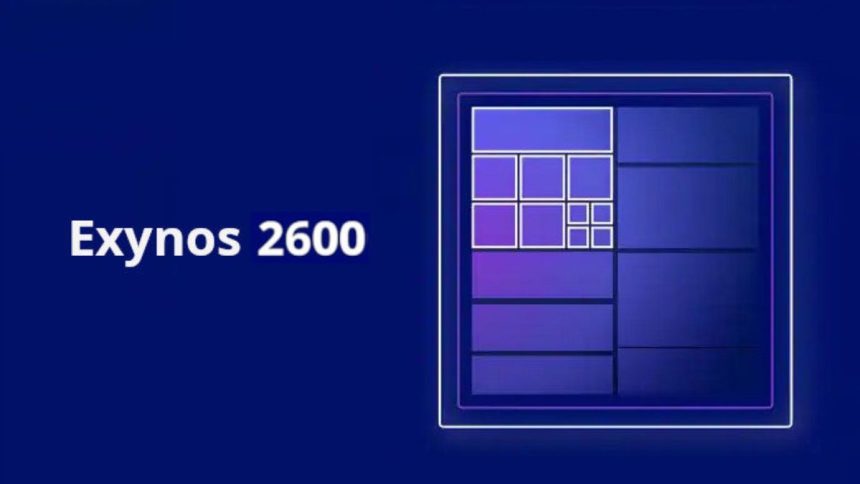Samsung Electronics is reportedly developing an advanced heat management technology called Heat Pass Block (HPB) for its upcoming mobile application processor, the Exynos 2600, based on its proprietary 2-nanometer (nm) process. The Exynos 2600 is designed as a system-on-chip (SoC) that integrates CPU, GPU, and NPU, and is expected to power Samsung’s Galaxy S26 smartphone series, slated for launch in early 2026.
The HPB is a copper-based heatsink integrated directly within the semiconductor package to improve heat dissipation. Unlike previous Exynos chips that used a package-on-package (PoP) structure with DRAM stacked atop the processor, the HPB will be positioned alongside the DRAM on the same package. This new structural design aims to absorb and dissipate heat generated by the processor more efficiently, potentially reducing overheating issues that have impacted prior Exynos models.
Samsung’s use of HPB technology in smartphone SoCs is notable because it derives from cooling solutions previously seen mainly in PC and server processors, where heat management is critical due to high performance demands. Miniaturizing this technology for the compact mobile SoC form factor has posed challenges, but Samsung’s Advanced Package (AVP) division has been working on this and aims to complete quality testing by October 2025, paving the way for mass production in time for the Galaxy S26 lineup.
In addition to HPB, Samsung is exploring other packaging innovations such as fan-out wafer-level package-system-in-package (FOWLP-SIP), which would allow multiple dies to be mounted together, further improving performance and integration for future chips possibly debuting with the Galaxy S26.
The Exynos 2600 is expected to feature a deca-core CPU configuration (1 prime core at 3.55 GHz, 3 performance cores at 2.96 GHz, and 6 efficiency cores at 2.46 GHz) along with Samsung’s Xclipse 960 GPU. Early benchmarks indicate it performs better than its predecessor, the Exynos 2500, but still behind the latest Snapdragon flagship SoCs. Samsung may use the Exynos 2600 in certain Galaxy S26 models, with Snapdragon chips possibly powering variants sold in other regions.
Overall, the integration of the Heat Pass Block is poised to make the Exynos 2600 a more thermally efficient and better-performing chip, addressing past overheating issues to deliver improved user experiences in the Galaxy S26 series.






